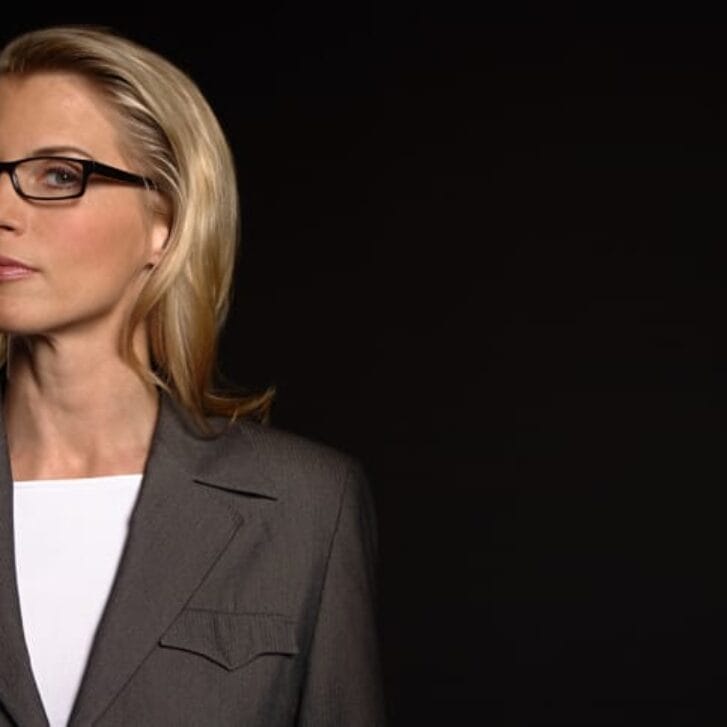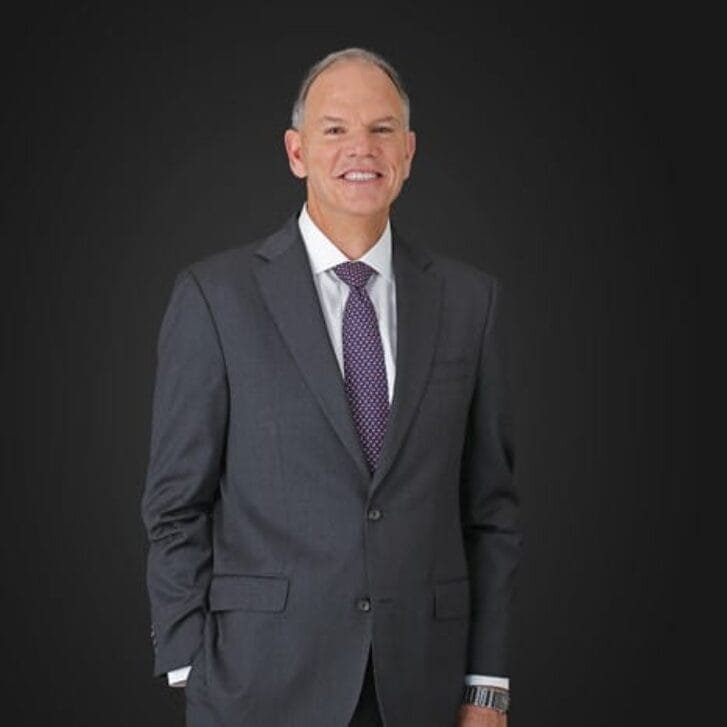Why Some Online Stores Click
The success of companies like Amazon.com, whose sales have zoomed from zero to $147 million in three years, show that some retailers have learned how to sell their products in cyberspace. But for every company like Amazon, the Internet offers countless examples of retailers who seem doomed to obscurity. What makes some online retailers click, while others flop? The stakes are high for companies that answer this question correctly, because online commerce is estimated to grow into a $7 billion market by 2000, compared with $1 billion in 1997.
A study by Gerald Lohse, assistant professor of operations and information management at Wharton, and Peter Spiller, a consultant with McKinsey & Company, offers some insights into these issues. Their research shows that nothing succeeds like simplicity, especially in the way that online stores present price and product information on their web sites. “Product lists account for 61 percent of the variance in monthly sales,” says Lohse. Other crucial factors include a greater number of store entrances and a large selection of products, among others. Retailers who learn these lessons and use them to model their web sites will be best positioned to cash in on the coming boom in electronic commerce.
Gerald L. Lohse and Peter Spiller; Electronic Shopping: Quantifying the Effect of Customer Interfaces on Traffic and Sales.
Big Changes Are Looming in Public Housing Programs
This is a crucial year for the future of public housing. After years of neglect, when public housing in most large U.S. cities turned into an urban nightmare, a consensus is now emerging that major policy changes must be made to overhaul the system. Several reform proposals are pending, and the Clinton administration and Congress will probably act on them this year.
In a paper that examines these issues, Susan Wachter, professor of real estate and finance at Wharton, and New York University’s Michael Schill trace the origins of public housing and its evolution over time, assessing the impact of changes in federal housing policy. Their findings are a damning indictment of the failure of public housing programs — at least as they have been practiced so far. “Public housing has worsened the concentration of urban poverty,” says Wachter. Concentration of large numbers of poor people in the cities not only damages physical property, but it also breeds social problems.
In an effort to deal with these issues, public housing authorities have tried such programs as Hope VI, under which blighted homes are demolished and replaced by mixed-income housing complexes. The jury is still out, however, on whether such solutions will work. Says Wachter: “We need to create conditions in which market discipline is used to solve these problems.”
Susan Wachter and Michael Schill; The Future of Public Housing
No Drop-Down Menus, Please…We’re British
Conventional wisdom has long held that as consumers become more educated, their preferences become similar, especially with regard to technical products like computers. But that, it turns out, is not always true. Paul Green and Abba Krieger, professors of marketing, have recently completed a six-nation study that shows just the opposite: that the buyer’s country is the single most important determinant of features that customers seek in mid-sized computer systems priced between $25,000 and $50,000.
The study used a technique called conjoint analysis, which requires respondents to make tradeoffs between various product features, and it covered 710 executives in the U.S., Britain, France, Italy, Germany and Japan. “What makes this study interesting is that it flies in the face of the hypothesis that says that as you become more educated and work in technical fields, this has a leveling effect with regard to preferences, tradeoffs and perceptions,” says Green.
These findings have crucial implications for computer manufacturers, because they imply that buyers in Japan look for different features than do those in Germany or France. “The implication is that companies should try to find out these desired features and try to design variations on a central theme,” says Green. “You would not want to tailor-make products for distinct countries because that would be wasteful from a production standpoint, but you could put in features that appeal to each locale.”
Paul Green and Abba Krieger; A Cross-National Study of Buyer Tradeoffs in the Purchase of Mid-Size Computers
Outsourcing Poses New Leadership Challenges
Almost everyone who has a mailbox gets an occasional letter from some bank pitching a credit card. What is rarely apparent to those who receive such offers, however, is that the bank often controls just the brand and the marketing. Practically everything else — from billing to cash collection — is subcontracted or outsourced to one or more vendors.
Banks are not alone. Outsourcing has exploded in the past few years: Information-outsourcing contracts alone shot up from $11 billion in 1994 to $33 billion in 1996. As nearly nine out of ten large manufacturing companies in the U.S. outsources at least one activity, this phenomenon poses new leadership challenges. Executives can no longer get results by issuing orders to subordinates; they must do so by negotiating and overseeing effective deals with vendors.
To examine these and other issues, Michael Useem, professor of management, with the assistance of Joseph Harder, conducted an interview study of the outsourcing activities of 25 companies and a survey of the outsourcing activities of 423 companies. Sponsored by A. T. Kearney Executive Search, the study shows that outsourcing requires managers to exercise lateral leadership. This, in turn, requires a combination of four capabilities: strategic thinking, deal making, partnership governing and change managing.
Describing the rules of thumb that companies use to decide what to outsource, Useem says, “If an activity is not part of your company’s core competence, consider sourcing it out. It may also make sense to outsource an activity that is close to the core but you simply cannot do well.” Outsourcing does have it risks, though. “The selection of your provider is crucial,” Useem cautions. “If you choose the wrong provider, you can get into real trouble.”
Michael Useem and Joseph Harder, Wharton Center for Leadership and Change Management; Lateral Leadership for Organizations that are Outsourcing
Can the Prices of Stock Market Seats Help Predict Future Market Trends?
A seat on the stock exchange provides its owner with access to the trading floor. As such, it offers a ringside view of goings on in the market. If this is true, shouldn’t the prices at which stock exchange seats are bought and sold reflect varying expectations about the market’s future performance?
They should and they do — according to a study by Donald B. Keim, professor of finance, and Ananth Madhavan of the University of Southern California. In a paper that examines the market for New York Stock Exchange seats between 1973 and 1994, Keim and Madhavan document a strong relation between seat price movements and stock price movements. In addition, they find that the spread between bid and ask prices for seats reflects divergent views about future market activity and performance. “Ultimately, the difference between the buyer’s and seller’s valuation of a seat, as represented by the spread between the bid and ask prices, reflects differences in their expectations about future profitability,” says Keim. And changes in this measure of divergence of opinion, Keim and Madhavan show, are related to future stock market returns.
Donald B. Keim and Ananth Madhavan; The Information Contained in Stock Exchange Seat Prices

























